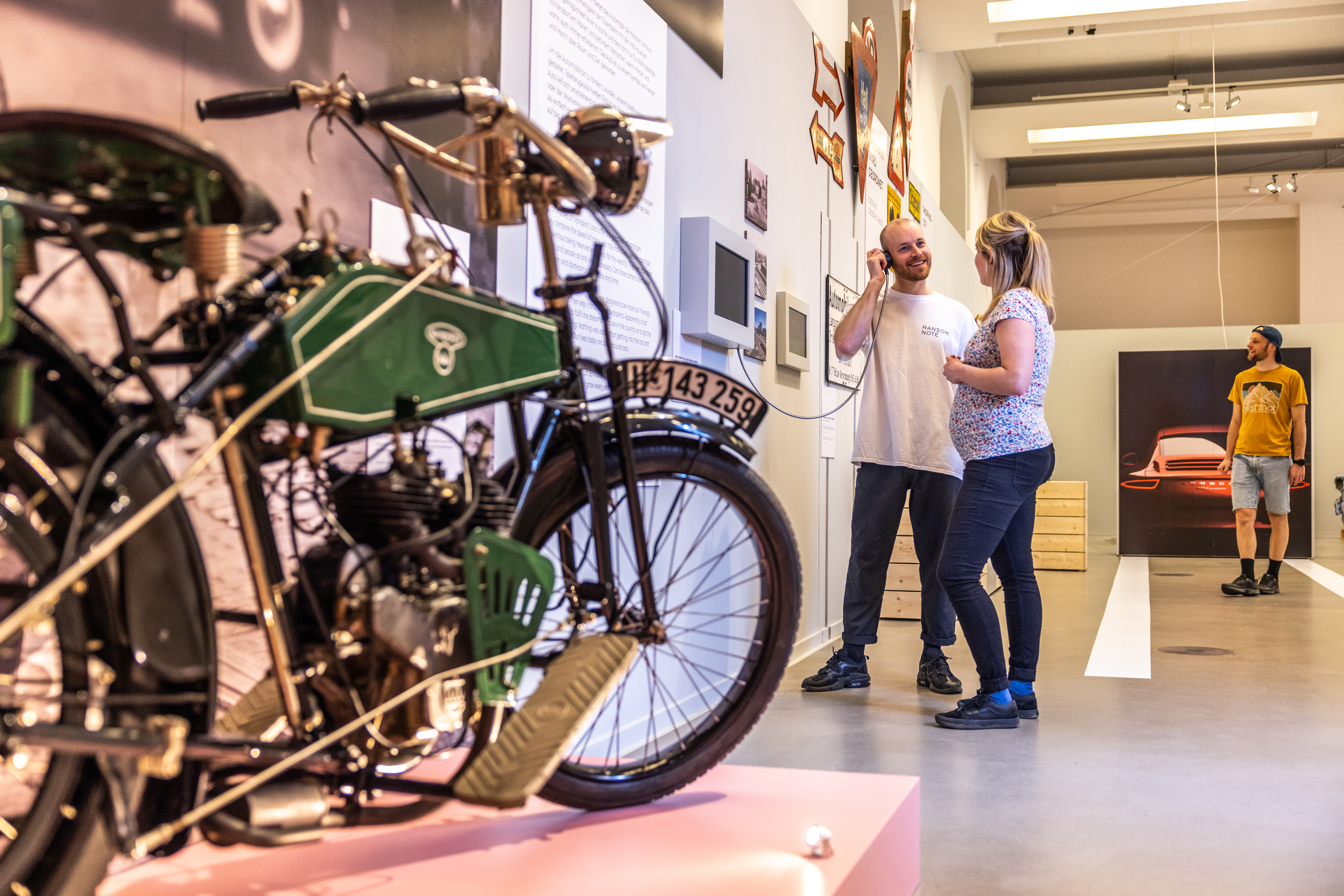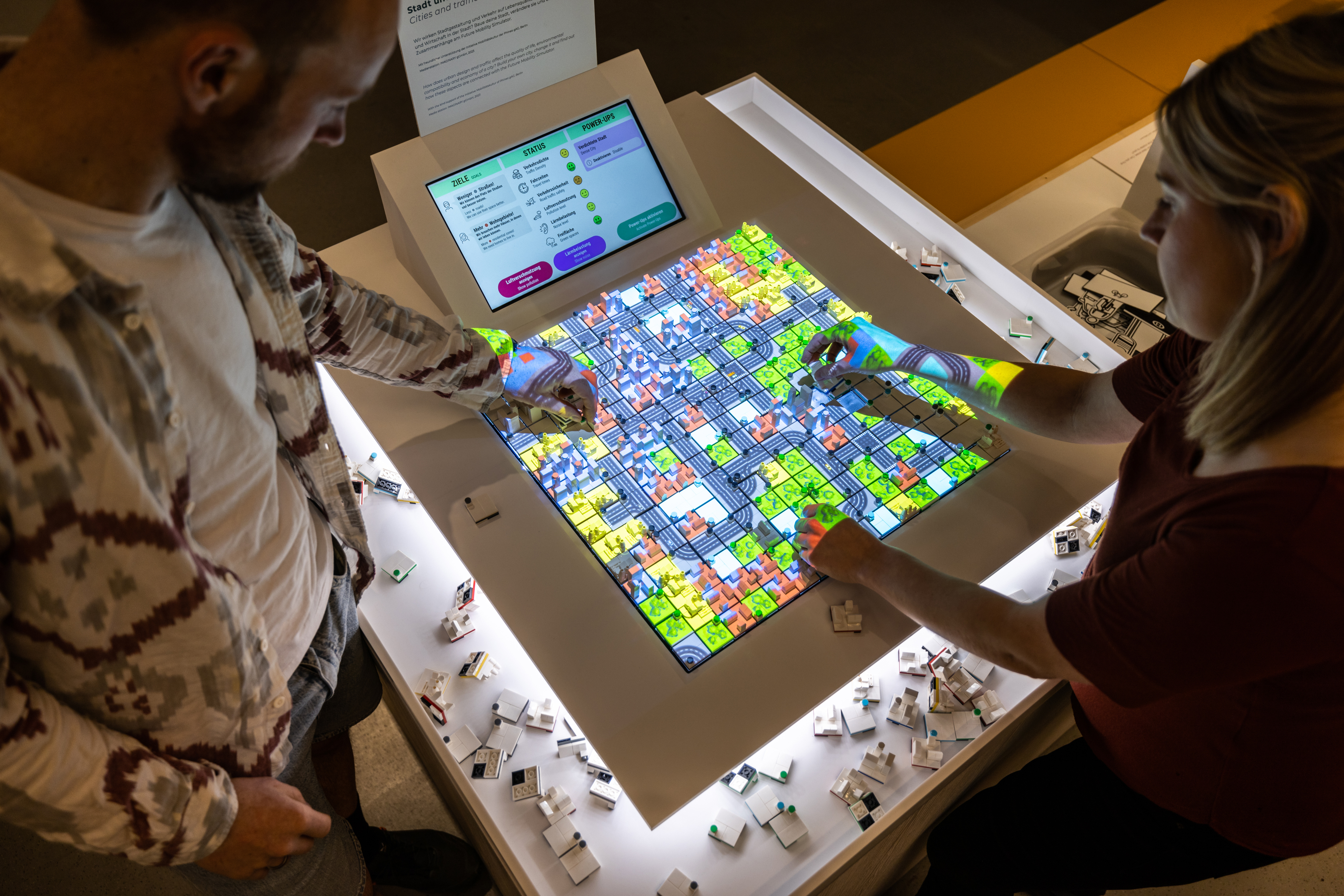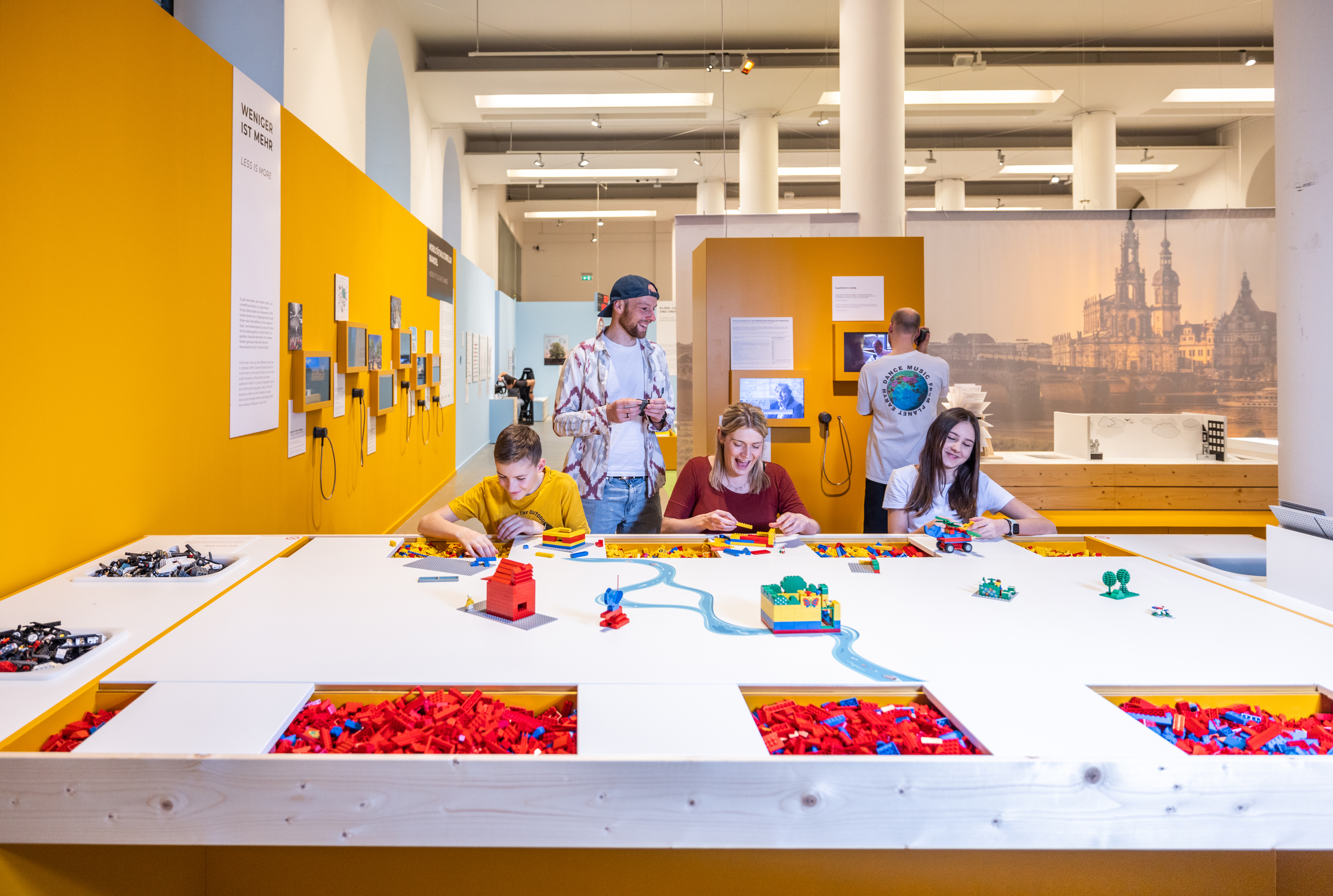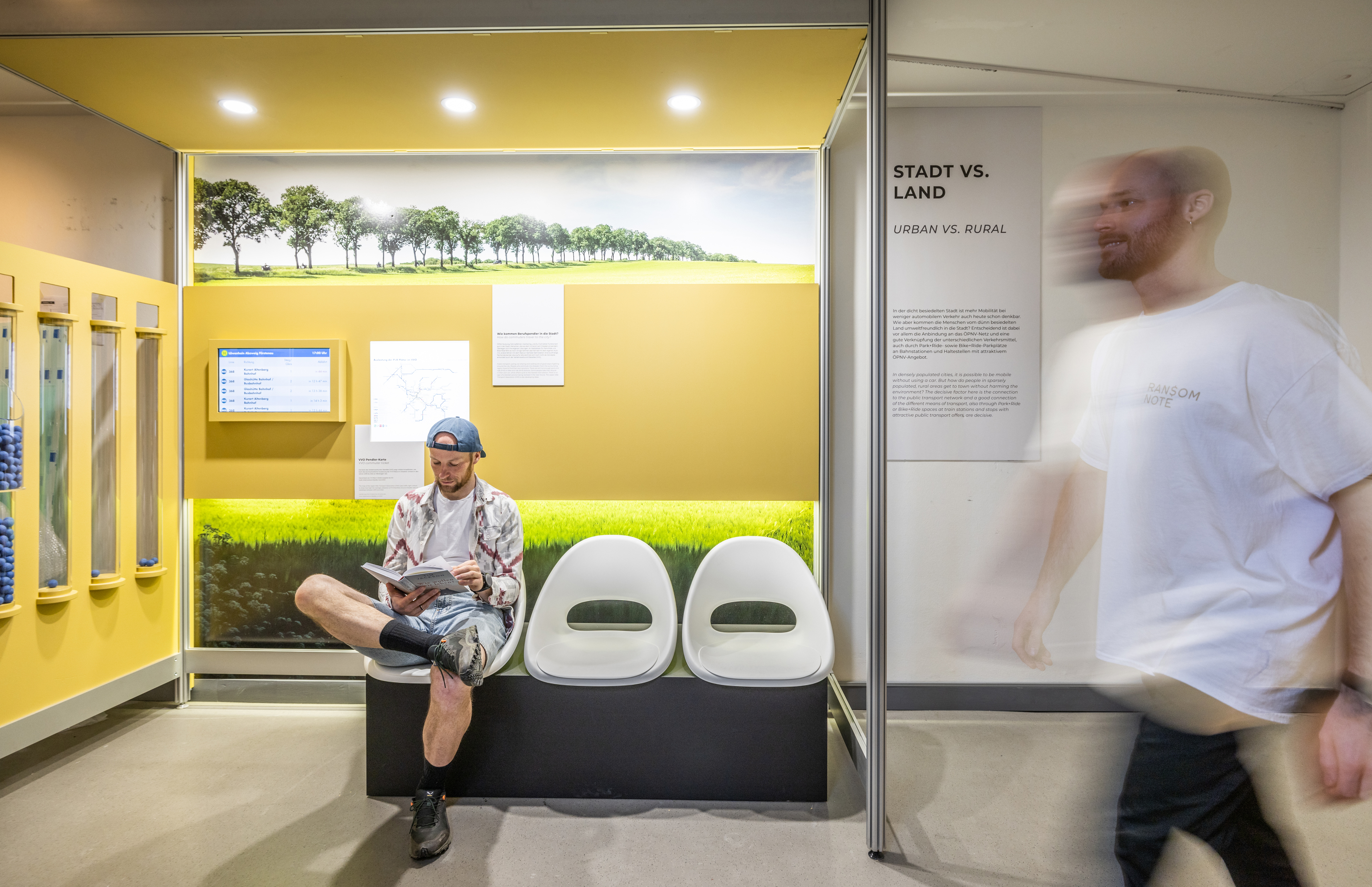Unterstützt von PHINEO im Rahmen der Initiative Mobilitätskultur
Move! Traffic and the City

Cities hold a special fascination. They promise a high quality of life with opportunities for work, education, culture and leisure. They allow people to interact and exchange views.
As new, faster modes of transport emerged, cities spread into the surrounding countryside. Cars became a universal means of transport and opened up the possibility of almost unlimited personal mobility. They became a symbol of freedom. After the Second World War, many cities were rebuilt to be more car-friendly: Market places were turned into car parks, public spaces became increasingly unsuitable for interaction, neighbourhoods were dissected by roads; noise and air pollution make people ill, car parks make housing more expensive, and there is not enough space for playgrounds. Nevertheless, most people cannot imagine living without a car.
Whereas cars once made for livelier cities, the nature of traffic today is incompatible with living well in the city. Many cities are trying to clean up their act with a wide range of concepts, from introducing a congestion charge, creating so-called “superblocks” where cars are banned, to reducing the number of parking spaces for cars, expanding pedestrian zones and creating bicycle boulevards.
What role does technological innovation play, and how can changing our behaviour make a difference? Do we even need a new economic order? The question we should really be asking ourselves is, how do we want to live in the city in the future?
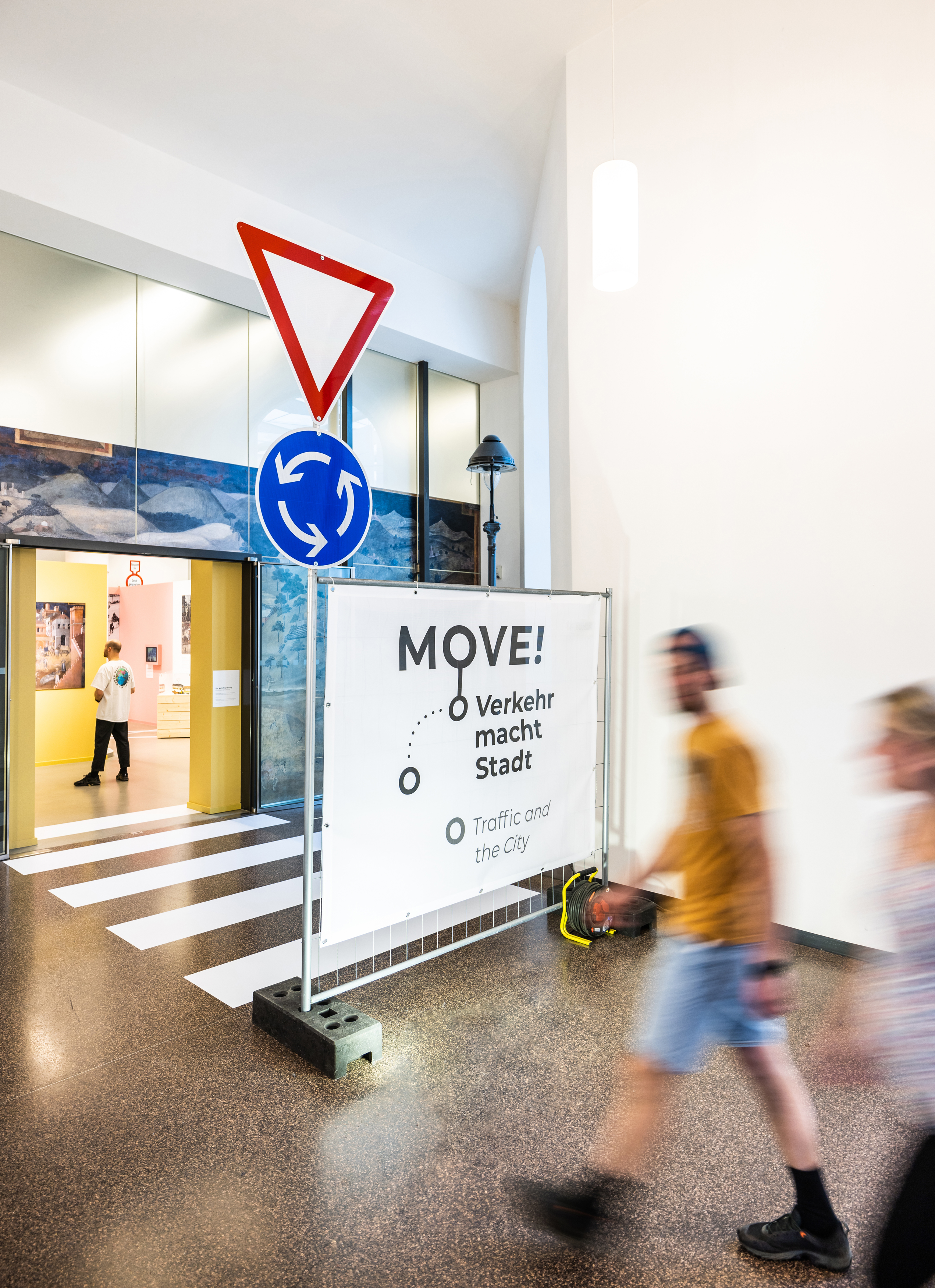
Zum Trailer

